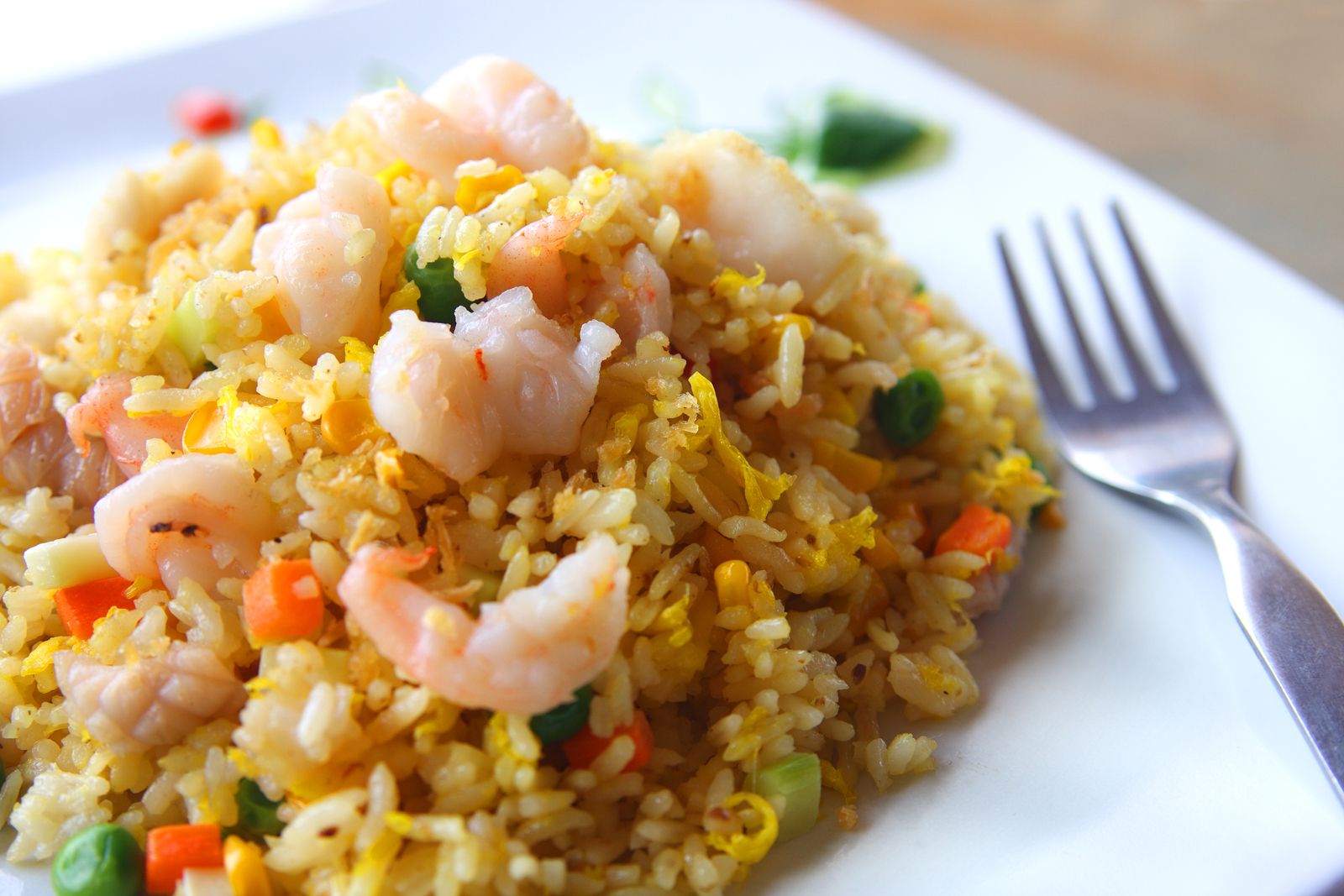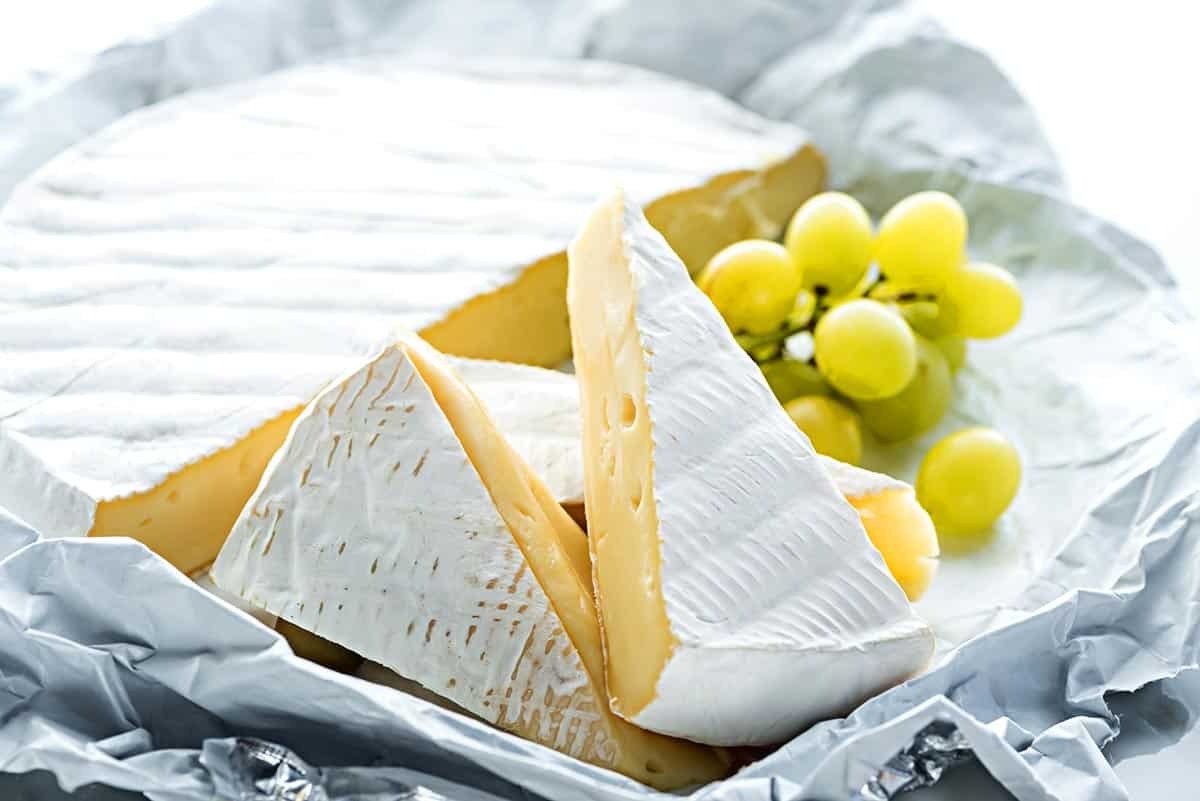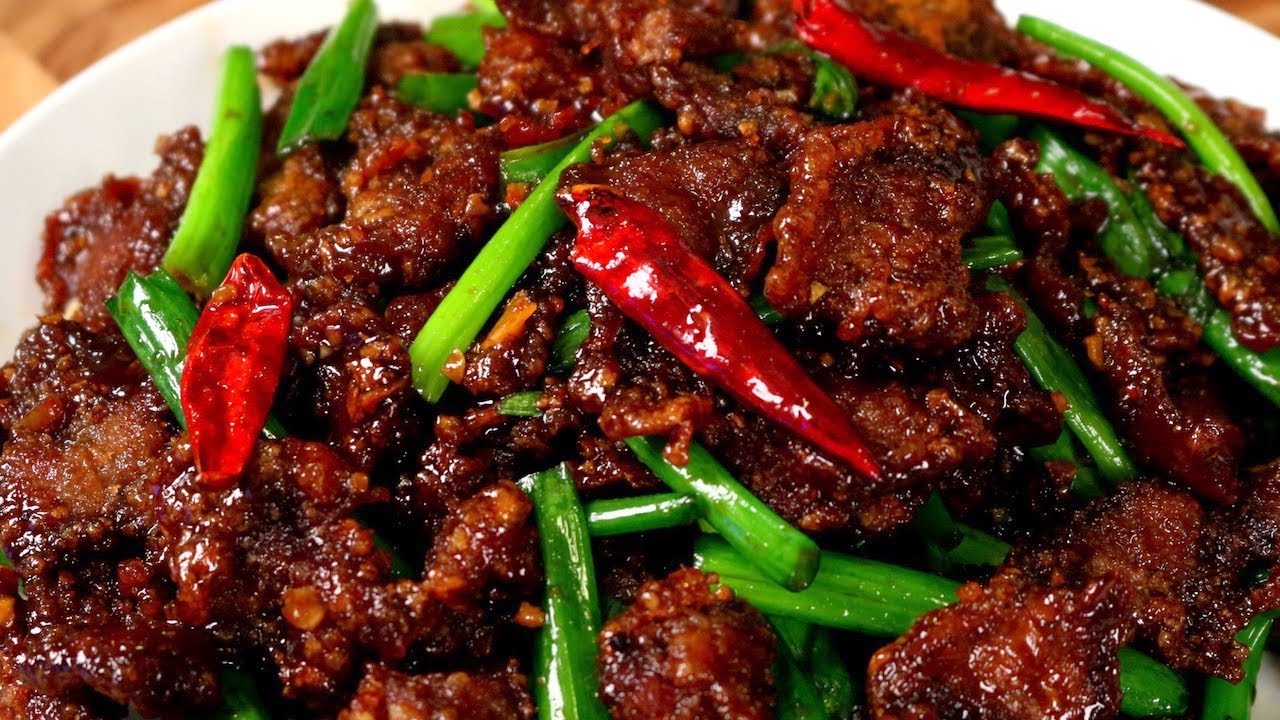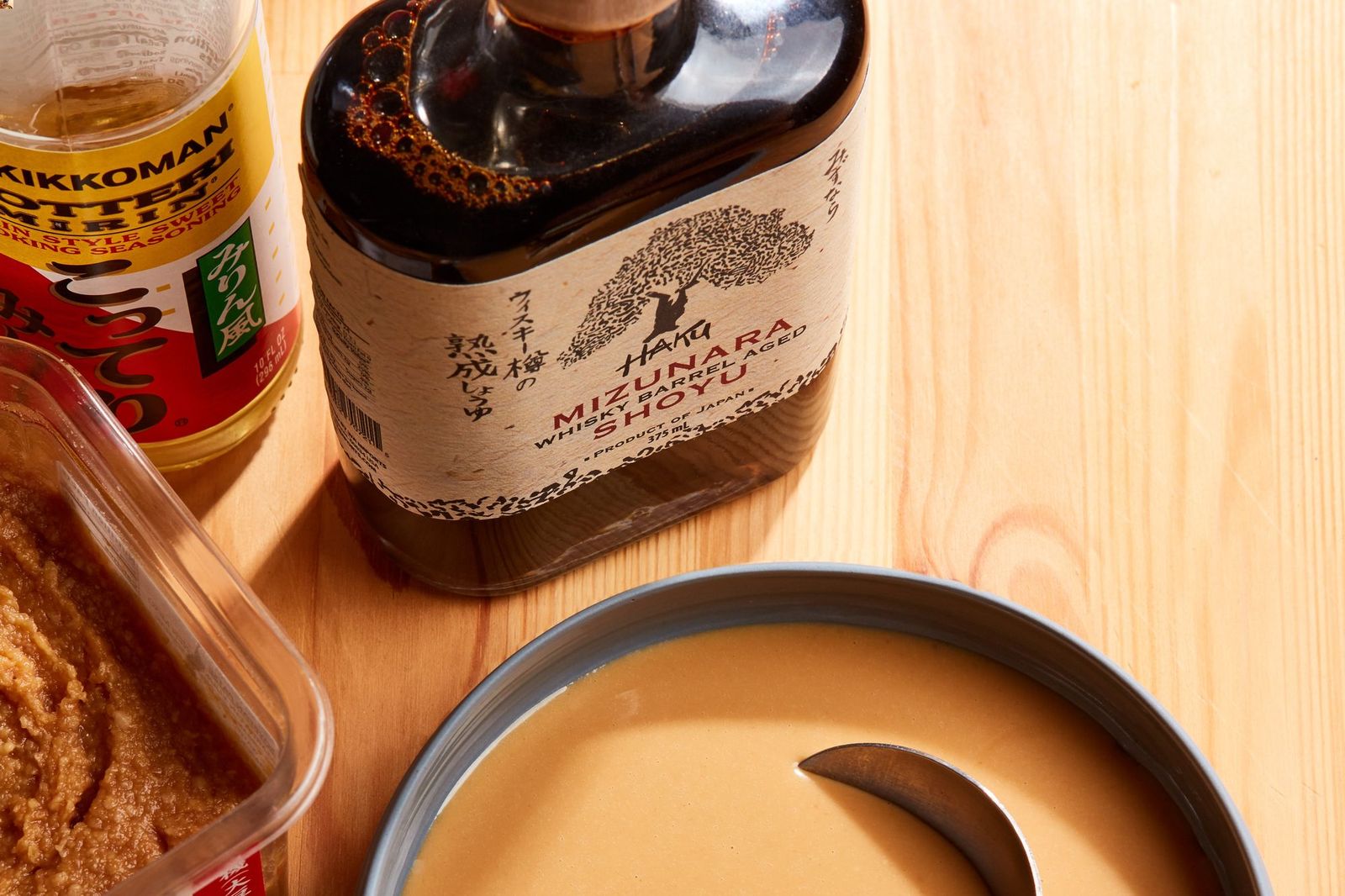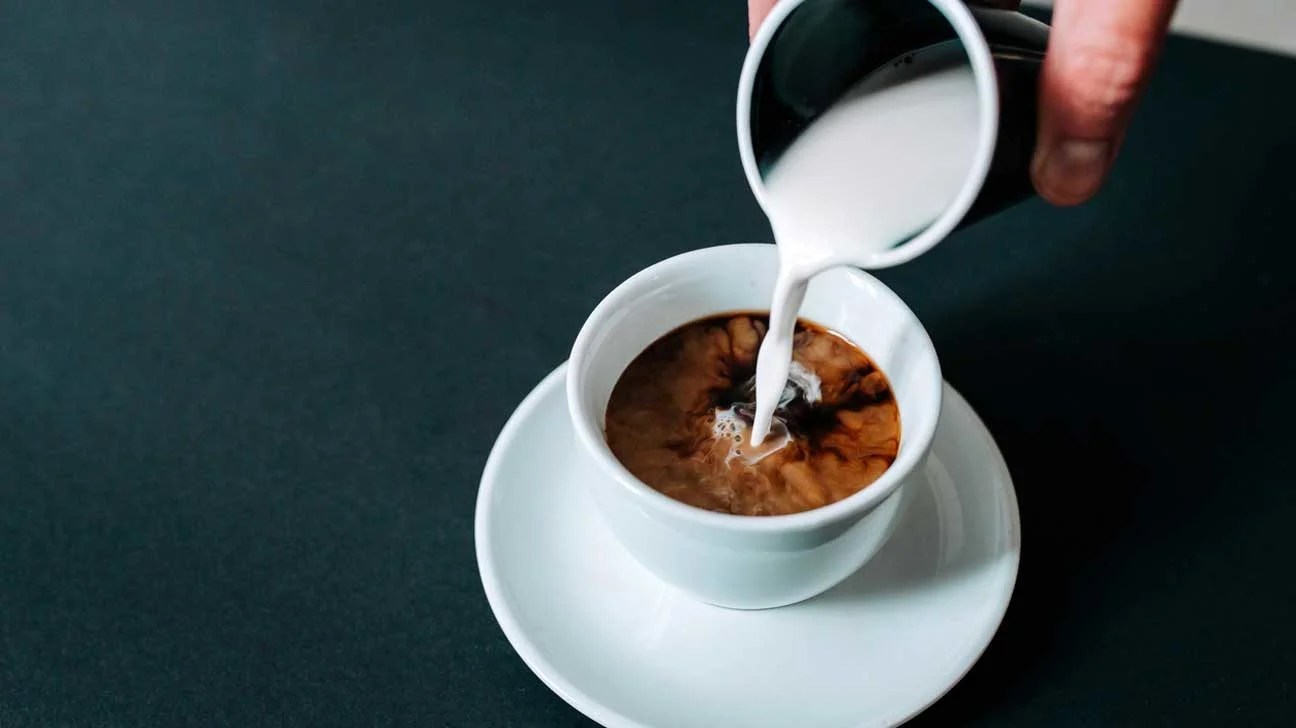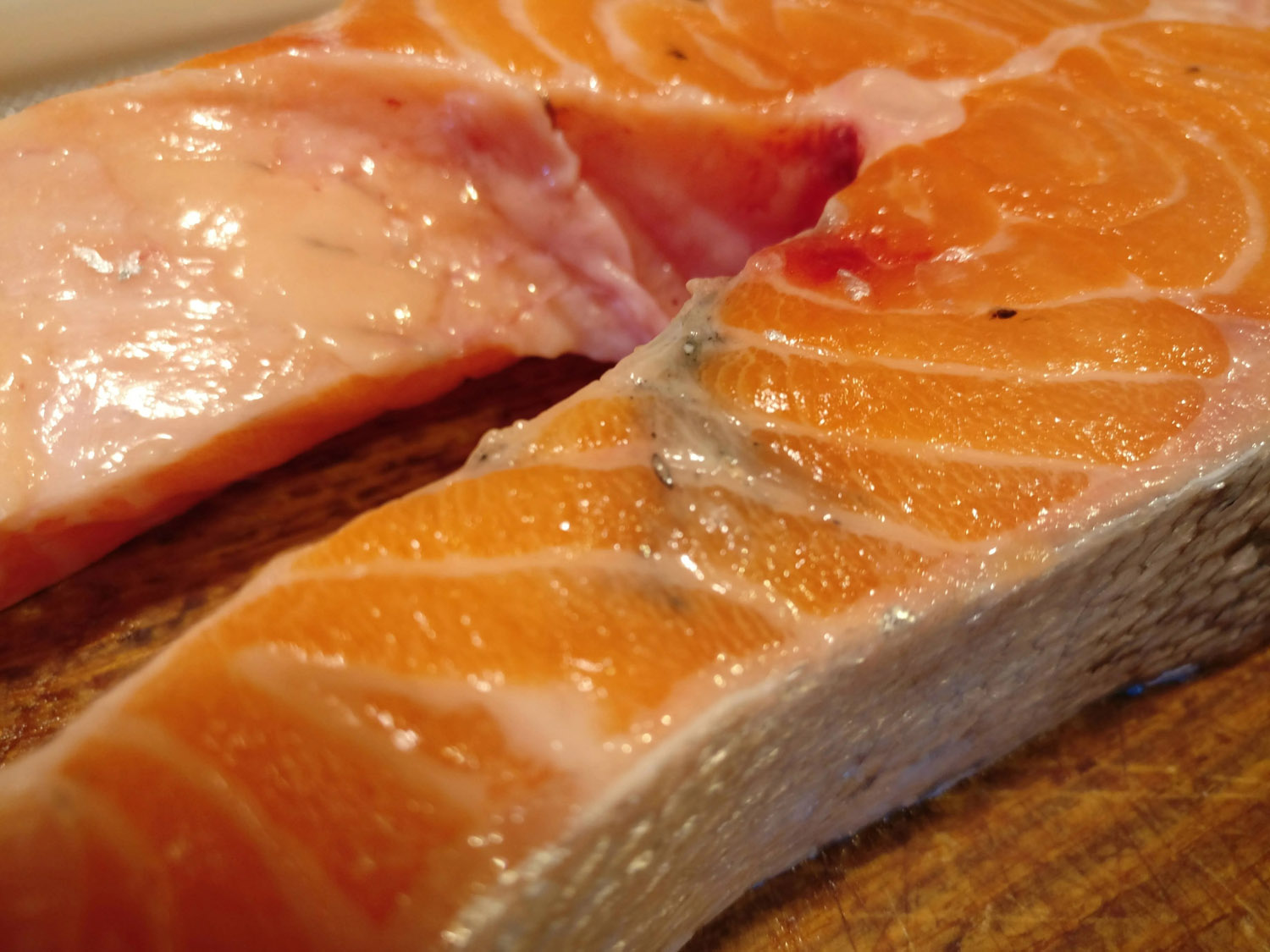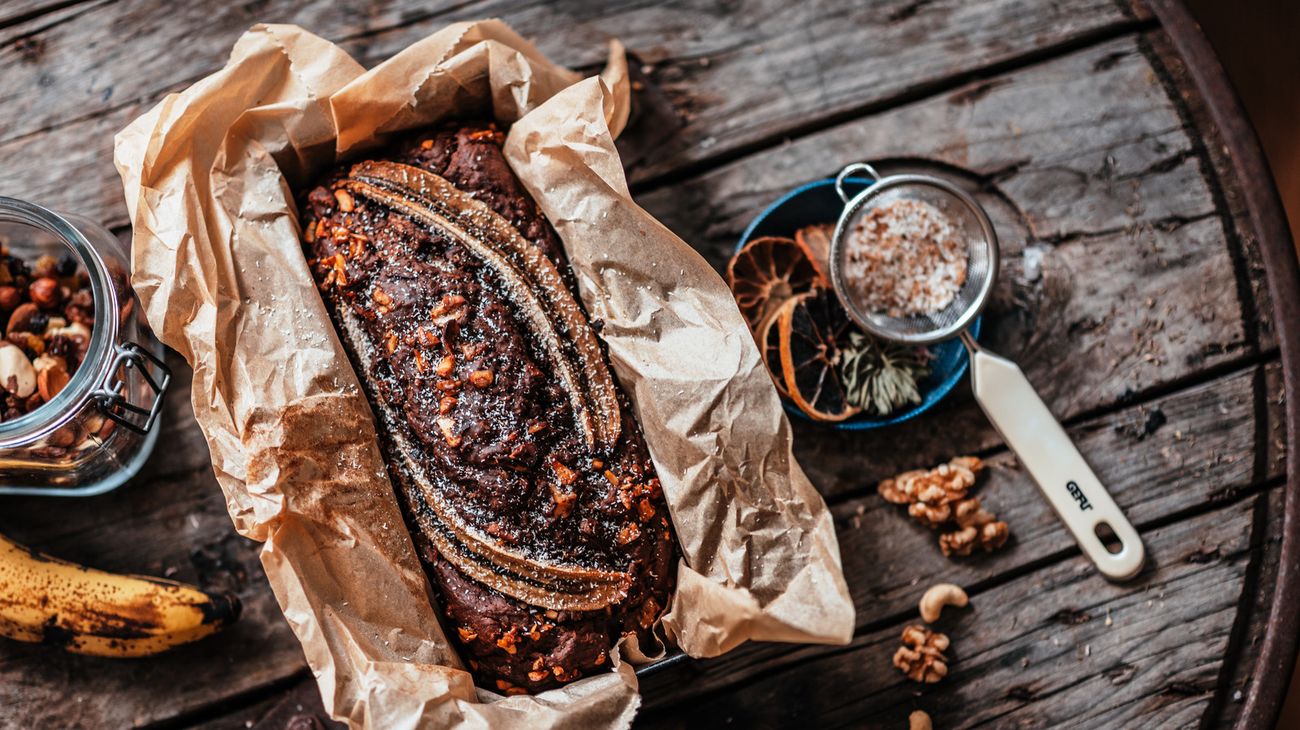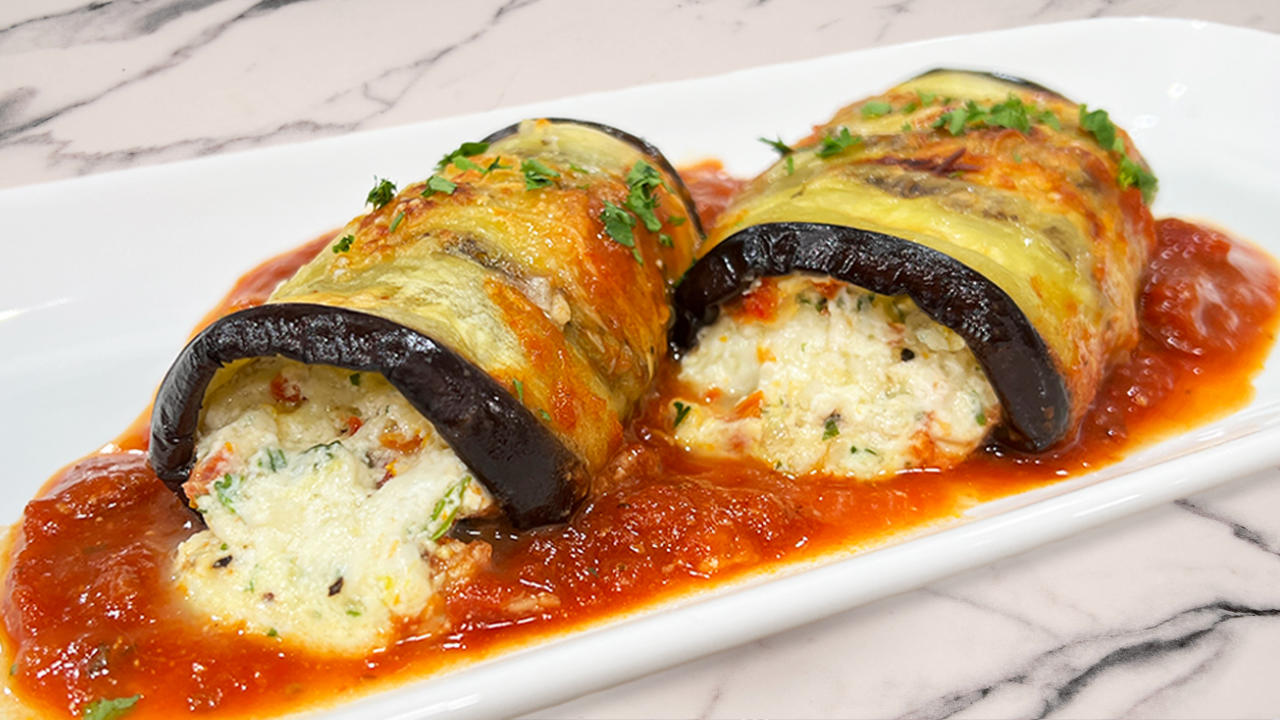Understanding the Difference Between Hot and Spicy
When it comes to food, the terms “hot” and “spicy” are often used interchangeably, but they actually refer to different sensations. Understanding the difference between the two can help you better appreciate and enjoy a wide variety of cuisines.
What Does “Hot” Mean?
When someone describes a dish as “hot,” they are referring to the level of heat or temperature of the food. For example, a piping hot bowl of soup or a freshly grilled steak can be considered hot. In the culinary world, “hot” simply means that the food is warm or heated to a certain temperature.
What Does “Spicy” Mean?
On the other hand, when a dish is described as “spicy,” it means that it contains ingredients that impart a sensation of heat or pungency. This heat is often derived from spices such as chili peppers, black pepper, or ginger. The sensation of spiciness is caused by the presence of compounds like capsaicin, which stimulate the nerve endings in the mouth and create a burning or tingling sensation.
Examples of Hot vs. Spicy Foods
To better understand the difference, let’s look at some examples of hot and spicy foods:
- Hot: A steaming bowl of chicken noodle soup, fresh out of the pot.
- Spicy: A bowl of chili made with fiery hot peppers and spices.
- Hot: A sizzling plate of fajitas straight from the grill.
- Spicy: A plate of spicy chicken wings coated in a fiery hot sauce.
How to Handle Heat in Food
Whether you’re dealing with hot or spicy foods, there are a few tips for handling the heat:
- Start Slow: If you’re not accustomed to spicy foods, start with milder options and gradually work your way up to hotter dishes.
- Cooling Agents: Dairy products like milk, yogurt, and cheese can help counteract the heat of spicy foods.
- Balance Flavors: Pair spicy foods with cooling elements like cucumber, avocado, or citrus to balance out the heat.
- Read Labels: When trying new foods, pay attention to labels and ask about the level of spiciness to avoid any unpleasant surprises.
Appreciating the Diversity of Flavors
Understanding the distinction between hot and spicy allows you to appreciate the diverse range of flavors found in cuisines around the world. Whether you enjoy the comforting warmth of a hot bowl of soup or the fiery kick of a spicy curry, there’s a world of culinary experiences waiting to be explored.
So, the next time you sit down to a meal, take a moment to savor the flavors and sensations, and embrace the heat, whether it’s hot or spicy!
Was this page helpful?
Read Next: What Is Instant Pot Stew Setting
